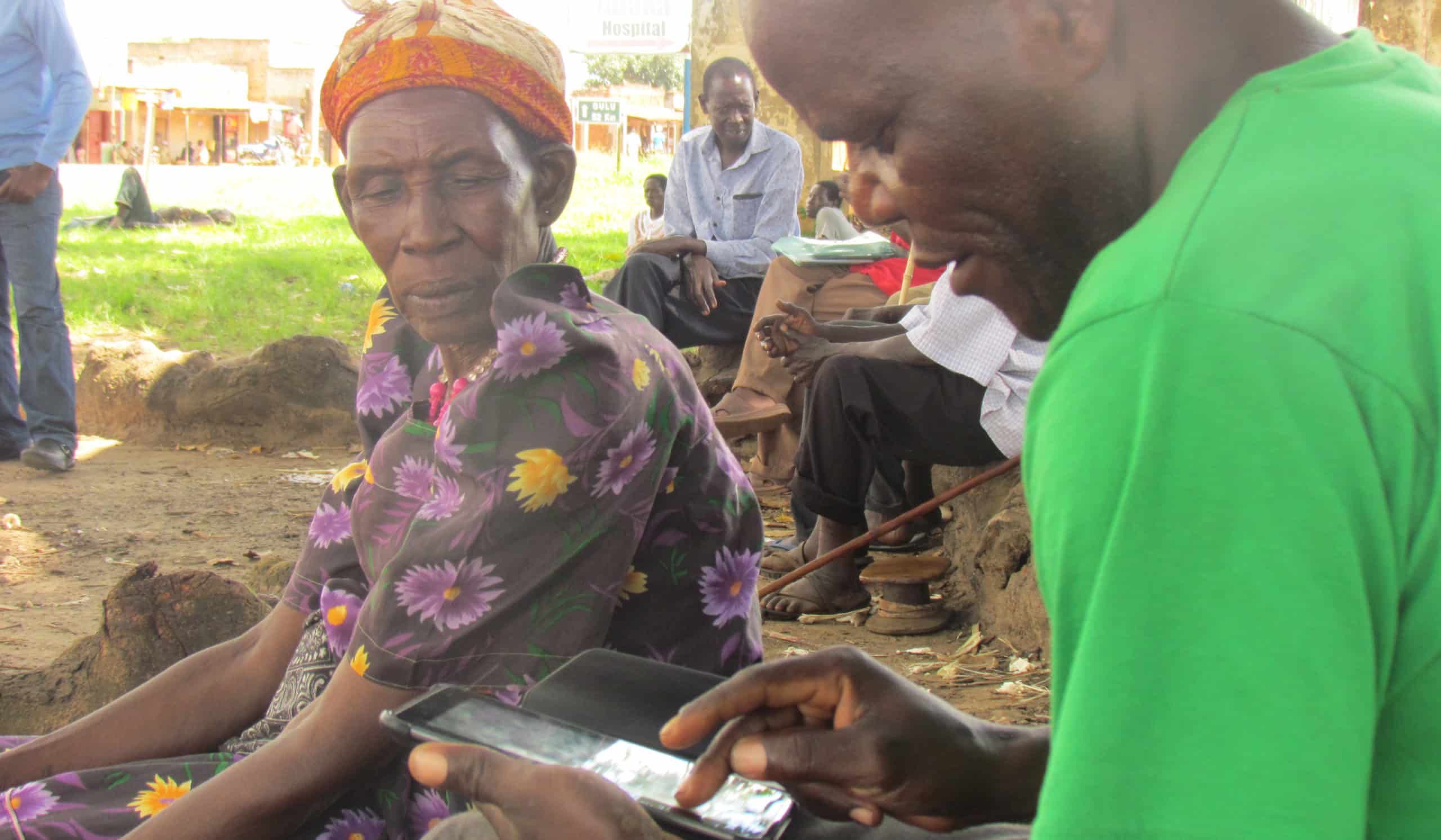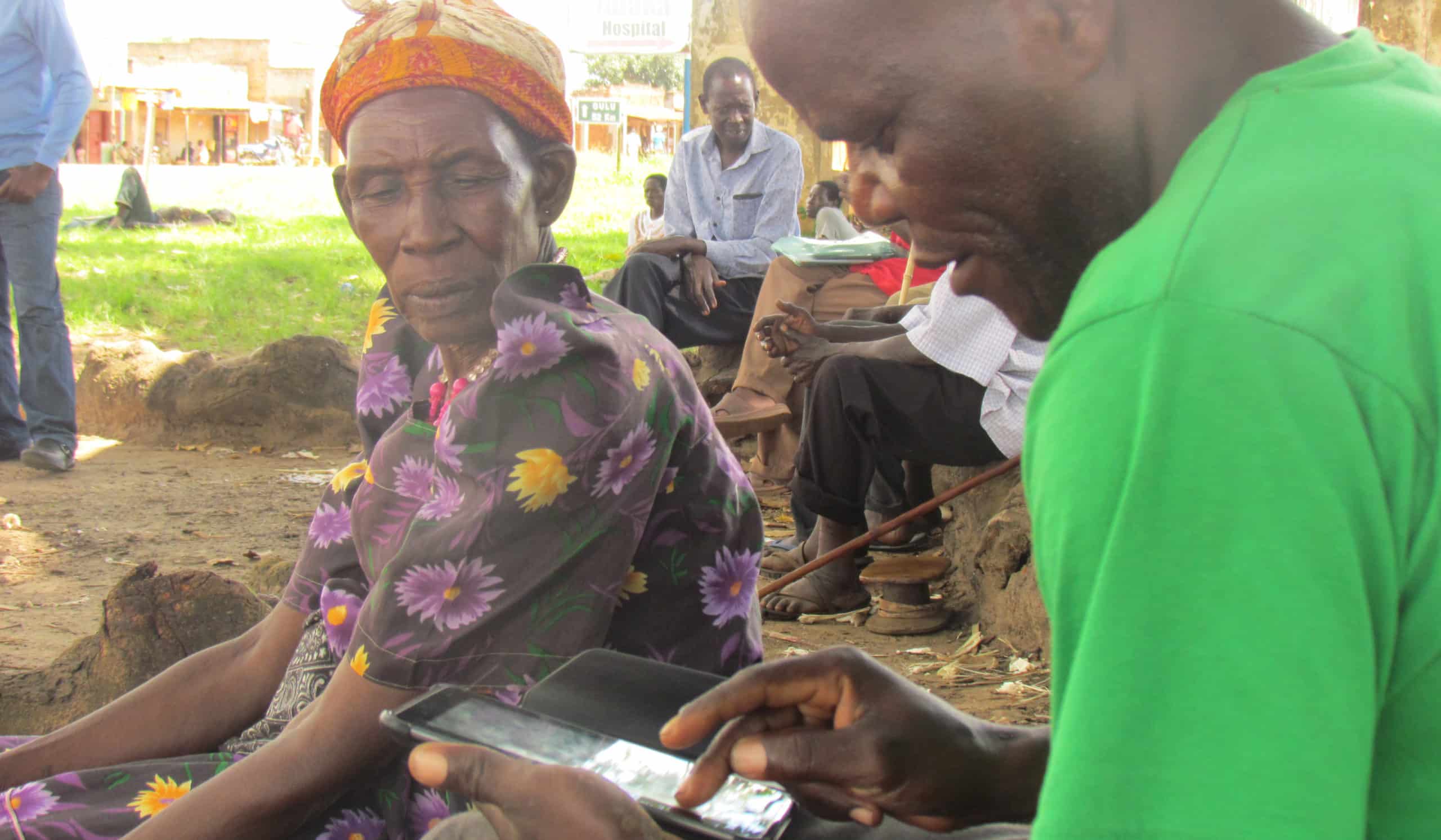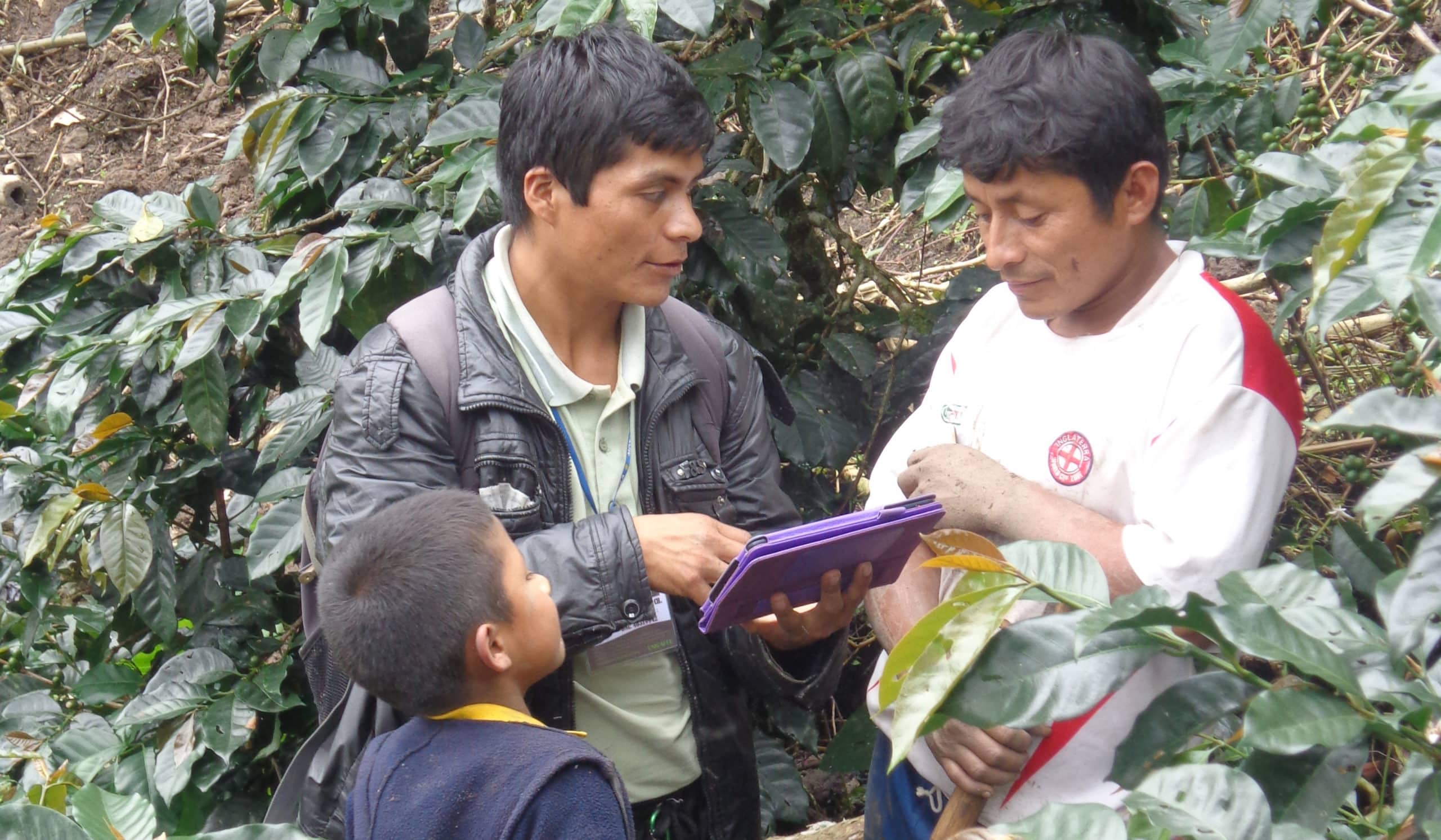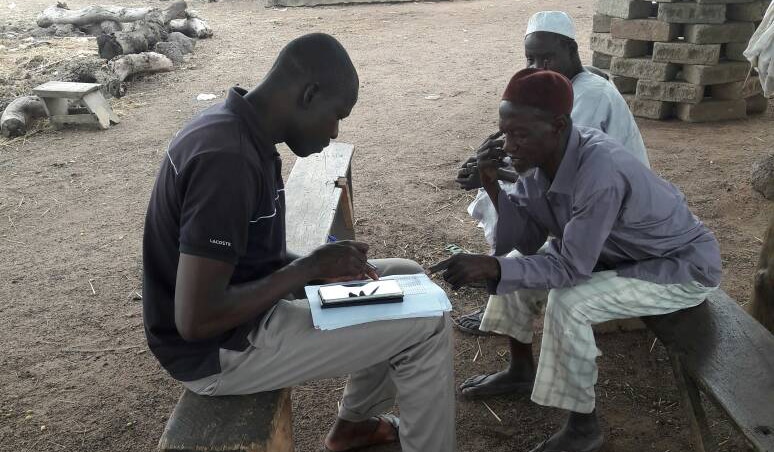

Note: This blog post is the first in a four-part series exploring how Root Capital measures our impact and that of our clients on farming communities around the world. Read parts two, three, and four.
Why do we measure impact?
We measure impact because we want to manage toward the greatest impact.
Fundamentally, we measure our progress against our impact objectives so we can better understand where and how our work results in positive change in the world (or where we might need to course-correct). One of our primary goals as an organization is to improve the livelihoods of farmers and agri-business employees—often vulnerable people living on dollars a day. We measure our impact because we have a responsibility to ensure our work does, indeed, improve the livelihoods of these people and does not cause unintended harm. We then use impact measurement findings to fine-tune our own services to agricultural businesses and to demonstrate the value of our work to donors and investors. To contribute evidence to the broader fields of agricultural finance and development, we share what we’ve found works—and what doesn’t. Robust impact measurement helps us show how investment in agriculture can improve the lives of people in rural communities and support efforts to protect vulnerable ecosystems.

How do we measure and manage impact?
Root Capital uses both ex-ante and ex-post approaches to impact measurement and management—which is to say that we both forecast potential impact using a suite of social and environmental performance metrics, and measure actual impact by evaluating the results of our work.
When considering potential loans, we use an ex-ante approach to estimate the likely impacts of prospective loans and prospective borrowers. First, we use a negative impact screen that filters out businesses engaged in harmful practices that likely damage human or environmental health, such as the deforestation of protected areas. Then we use a positive screen—what we call the “Expected Impact Rating”—to rate the likely impact of each loan we consider on a ten-point scale and prioritize those with the greatest impact potential. This approach allows us to measure likely impact and manage toward topline impact objectives across a portfolio of 200+ borrowers a year. [Note: We’ll talk much more about this ex-ante process in part two of this blog post series.]
To move from estimating impact to measuring the actual, ex-post impact of our work, we conduct deep-dive impact studies. These evaluations serve to validate our impact rating, allowing us to confirm whether they’re the right proxy measures for the impact we aim to achieve. The evaluations also provide us with evidence on how our loans impact our client businesses, and how these businesses impact smallholder farmers and workers in rural communities. [Note: In parts three and four of this series, we’ll present our impact evaluation program and share the latest findings from our impact studies.]
Importantly, this approach to impact measurement and management is both formative—meaning it guides our decisions about who to work with and how—and summative—meaning it helps us understand our impact and adapt our approach accordingly.
We’re guided, among other things, by two principles: rigor and usability. As both an international nonprofit and an impact investor, we employ best-in-class impact measurement and management practices from those two sectors. We adopt industry standards for impact investors (such as those of the GIIN and the Impact Management Project), and also situate our metrics within the broader global development agenda (e.g., the Sustainable Development Goals). We’ve also incorporated more and more rigorous evaluation methodologies into our impact studies; most recently, conducting our first set of quasi-experimental evaluations to measure our impact on farmer incomes. However, we balance our commitment to rigor with usability—measuring impact in ways that are appropriate for the work that we do, are budget-conscious, and are suitable for the remote, rural contexts in which we work. This ensures that the results are useful both to us and to our clients.
What have we learned from our impact measurement and management?
Root Capital has long prioritized robust impact measurement and management. But, like any other organization, we’re still learning and continuously improving. We believe that it’s critical for nonprofit organizations, investors, donors, and others to share their approaches to impact measurement and management and to illuminate lessons learned. That’s why Root Capital is part of the Impact Management Project, a forum that’s building global consensus on how to measure, manage, and report impact. It’s also why we’re publishing this blog series: to share our approach, talk candidly about challenges and how we’ve managed them, and offer insights for the broader field.
Over the next few months, in this four-part blog post series, we’ll dive deeper into our approach to impact measurement and management, including what we’ve learned—and are still learning—about best practices. We’ll also present findings from our latest impact studies, which measure incremental income gains for farmers affiliated with Root Capital’s client businesses.
Read parts two, three, and four of this four-part series exploring how Root Capital measures our impact and that of our clients on farming communities around the world.

